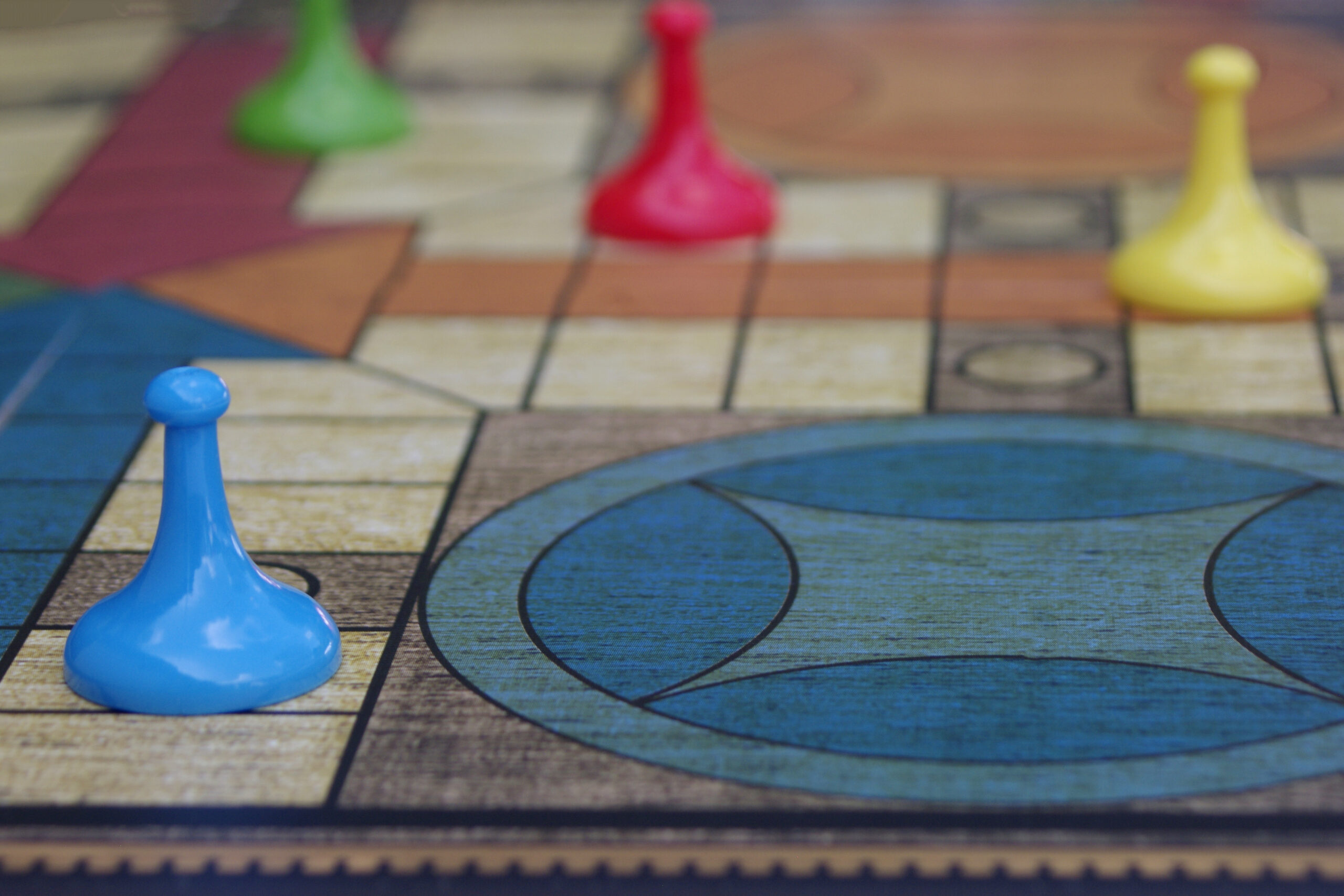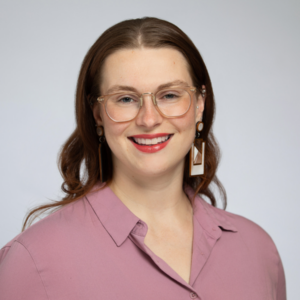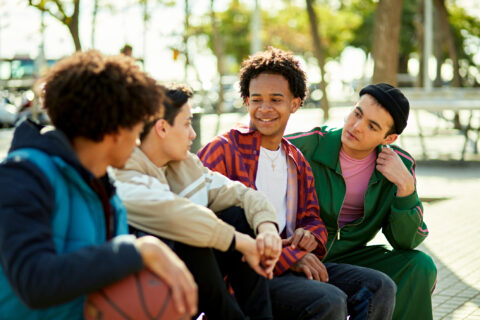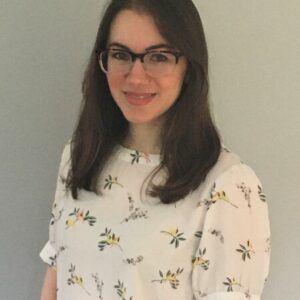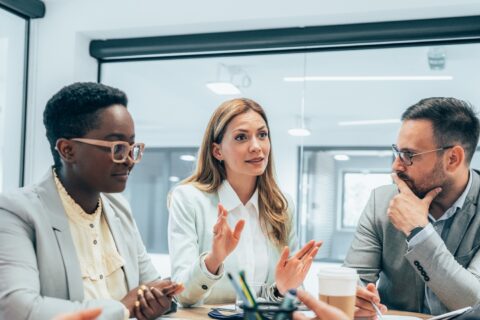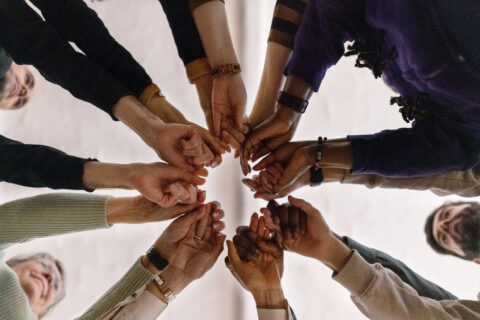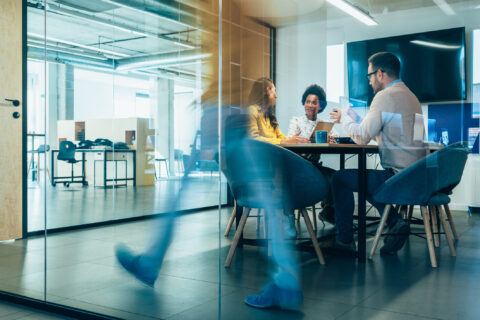Are you tired of your council meetings or retreats feeling dry and procedural? Do you wish you could inspire more cohesion and agreement at public town hall meetings? Try playing a board game.
That’s what Councilmember Anne Barrington of the Town of Parker, CO, did.
Councilmember Barrington attended a session at NLC’s 2023 City Summit titled BUILT: Community Engagement for Placemaking & Infrastructure Design. This interactive session featured a board game tool for creative community engagement. The tool, designed by Sojourn Theatre in 2007, was created as a civic dialogue project that addresses the challenges of housing, infrastructure, neighborhood cohesion, and equity in American cities.
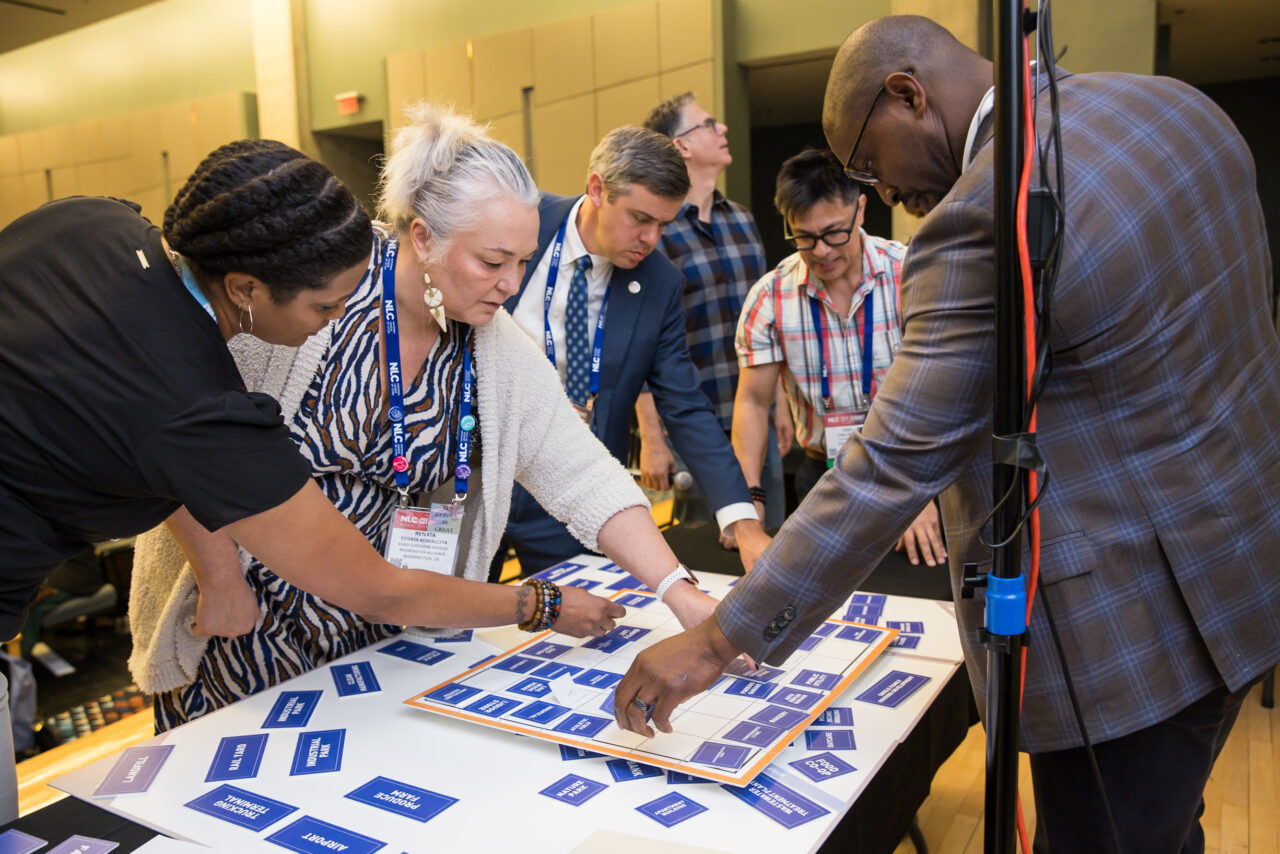
BUILT asks players to design their own street, neighborhood, and city in collaboration with their neighbors. At each scale, players choose the locations of common places such as parks, affordable housing, sewage treatment plants, jails, schools, grocery stores, and solar farms. The placement of these city elements requires negotiation and collaboration between players, forcing them to state their values and compromise to build the best city possible for all involved. The tool is carefully designed and is most effective when facilitated by artists who have been trained in the intended practices and facilitation structure of the game.
The City Summit session, facilitated by original designers Michael Rohd and Shannon Scrofano, demonstrated the complexity of placemaking and the role of community dialogue as officials make decisions about the built environment. The audience was invited to watch a panel of their peers play the game and discuss their experience and potential uses.
After attending the session, Councilmember Barrington wanted to bring BUILT to her town. She consulted with the designers, recreated her own game pieces, made her own game board, and facilitated the game with her colleagues during their council retreat. “I knew that they would think it was fun, and I knew that they would also get it,” said Barrington.

Councilmember Barrington sees the value of a tool like BUILT in its ability to provide a neutral space to talk about contentious community issues. “People might go into something like this very angry and think they know it all. But I believe that by the end of the session, it would create more of an understanding… and there wouldn’t be as much animosity leaving the session.”
“When you’re working side by side with someone, and you get to know them, and you get to see their face… I believe that creates community.”
– Councilmember Anne Barrington of Parker, CO
After bringing the BUILT tool to her town, Councilmember Barrington shared, “I think it was powerful for our Council just to remember that even in our minds [when] we believe we are doing something for the good of our community [by planning a controversial development or change], we still don’t want it in our backyard either.” The exercise helped them to reflect on the process of community change and development.
How can YOU recreate this experience in your city?
Creative tools like BUILT lead to productive conversations and consensus-building while engaging the community. Facilitators and designers with these skillsets likely exist in your community as artists. To engage them in your city processes, consider:
- Hiring an artist facilitator for your next community engagement strategy. Put out an RFP for a contract employee who will work with city staff to design and facilitate a creative community engagement session or strategy. Make sure the RFP has clear parameters and invites the artist to have decision-making power related to the process of community engagement, not just produce a product.
- Piloting an artist-in-residence-in-government program. Artists are employed within city departments to help reimagine and improve city processes. Boston, MA, and Minneapolis, MN, among others, serve as program examples.
- Connecting with your local arts agency for ideas. Local arts agencies champion the many skillsets of artists in your community. Consult with them on possible collaborations.
- Attending NLC’s City Summit! Join NLC at the City Summit in Tampa Bay, Florida, November 13-16, to bring home creative strategies and ideas to your community.
- Emailing NLC. Connect with us and the creators of the BUILT tool at arts@nlc.org.
How can the Arts help the Local Government?
Cities are no strangers to supporting arts and culture. But cities should consider deeper levels of partnership with artists to support all areas of their governance. Partnering with artists can help local governments achieve common and ongoing goals that often feel elusive. Here are five examples of how leveraging the strengths of artists in your city can improve municipal processes and relationships.
